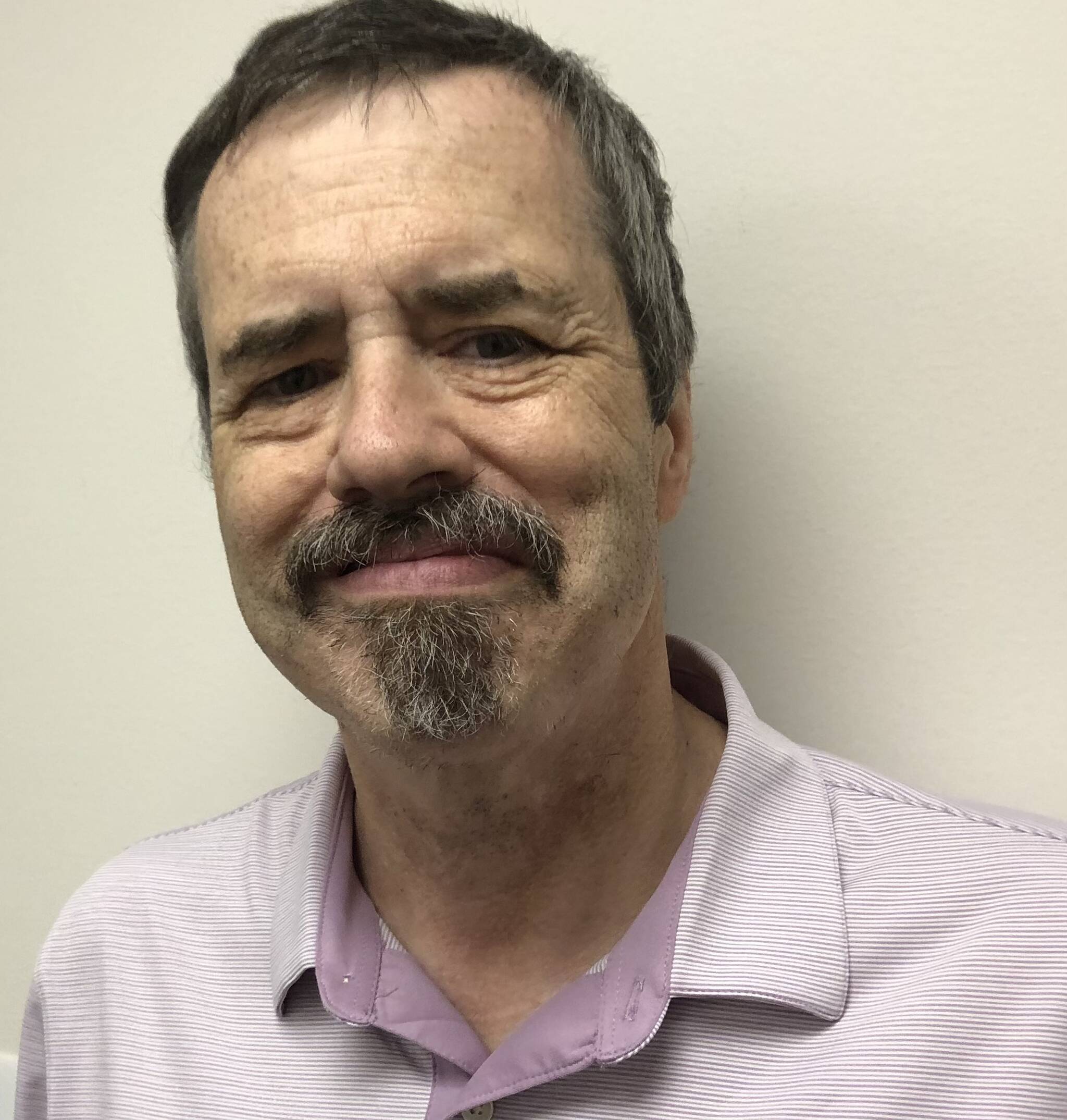North Auburn elementary school, late October 1967.
School had just let out for the day, and I was walking west along 14th Street Northeast in a group of six kids from Mrs. McCullough’s afternoon kindergarten class.
All around us, one of those bright, crisp fall afternoons when orange and red leaves blanket the ground and crackle underfoot.
More important, Halloween was in the air.
Soon the little group reached what everyone in my north Auburn neighborhood knew as the old Grant barn. I’d heard all the stories, but this was my first close look.
And this is what it told me: here is a place to stay far away from when the sun goes down.
Ages ago, the barn with the sloping roof had been part of a working farm. Now, old, tired, foreboding, it lay in the talons of impenetrable blackberry vines, rising to wrap the barn to its roof like a consuming fungus.
My imagination went wild.
Horrid things went on in there. I told myself, convinced in a flash that by day a monster out of Lovecraft lay sleeping inside that barn, but that when the sun went down, the beast woke with a dark hunger, roused by its appetite to reach out and snatch a tasty kid off the sidewalk or grass, wrap the boy or girl in a ghastly hug and drag the unfortunate into the barn for dinner.
A girl named Christine said there were bats inside.
As we passed the barn and reached the house, we spun lurid tales of knives and murder and walls smeared with gobbets of blood. A girl said if that old woman who lived there caught you snooping around the barn, she would hit you with a blast of rock salt.
Or so that’s how our 5-year-old selves saw things. Funny thing, none of us stopped ourselves to ask, is any of it true?
Of course, like the old Butter’s barn, the old Grant barn was a link to the valley’s vanishing agricultural era. But as children, we knew nothing about any of that, and would not have cared a whit had we known. We only knew that fall day as we walked that there was this spooky thing right in our neighborhood, and Halloween was just days away.
By the early 1970s, the barn was gone. I don’t remember when it disappeared, whether it was torn down or the snow got it. Today, there’s a house where it used to be.
Fortunately, there was a bright contrast to the gloom of that spooky old barn, and it was right next door: North Auburn Elementary School, and especially its playfield. This field became the big stage of my early childhood, not only because of the school, but because of the countless games of baseball, football and whiffleball we played in it.
When my older brothers were young and there was no Howard Hanson Dam yet to keep the Green River in check and stop it from flooding the valley, the river filled the field with water. My brothers and their friends found inner tubes and pieced together rafts and floated, returning home as muddy and contented messes.
Home movies taken on that field show my late brother, Jim, in a 1969 Seattle Pilots uniform, swinging a bat on one of the baseball diamonds.
And there was the time Jim persuaded a neighbor to put on makeshift beekeeper’s garb and jump on a bees nest. Hint: The suit was not bee-proof.
In most of the years since that little group of kindergartners made its walk past that barn and house, I never thought to ask: How did the Auburn School District get the land for that school and playfield? It’s not really the sort of question a small kid would ponder, he’s more interested in driving home the winning run.
One day, skimming a 1955 edition of the old Auburn Globe News at the White River Valley Museum, however, I got the answer to the question I had never asked.
In a photo, an old woman stands next to an ASD administrator. The photo caption identifies her as the former owner of the former farmland that would become North Auburn and ultimately Dick Scobee Elementary school. Here was the person who’d sold it all to the Auburn School District. Not a hint of the macabre or gobbets of blood about her. Only a plump, smiling grandmotherly sort. I have lost her name, but as I remember, it was not Old Lady Grant.
For all of the good times we all had as kids on that field and at that school, we owe you. Sorry for all the things we said about you.
–
Robert Whale can be reached at rwhale@auburn-reporter.com.


